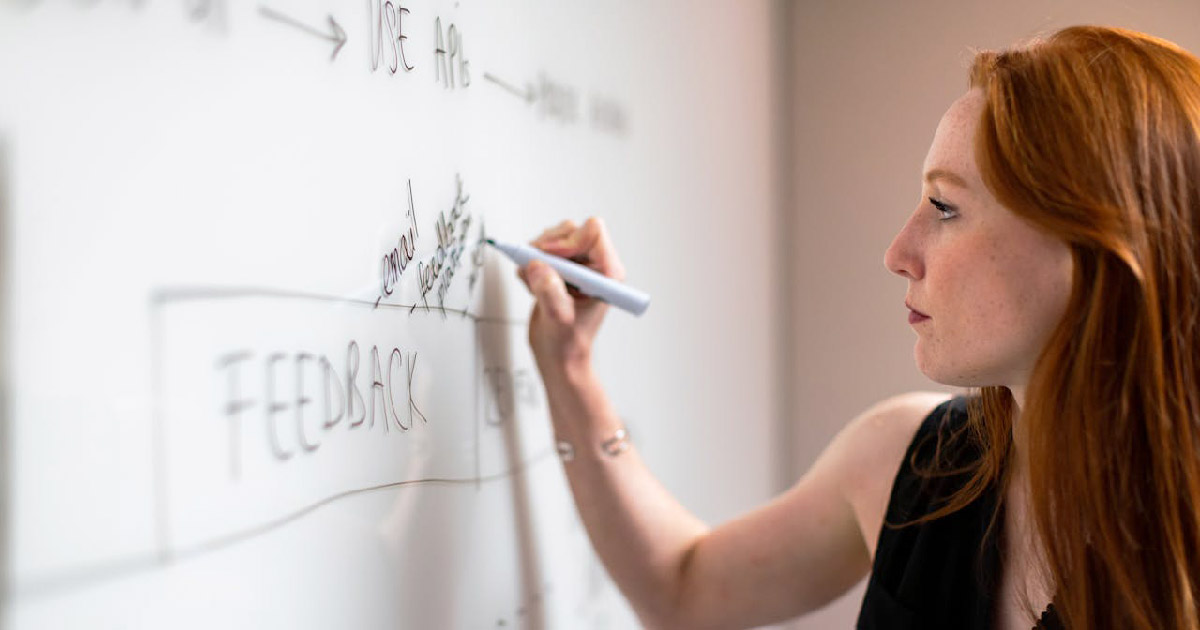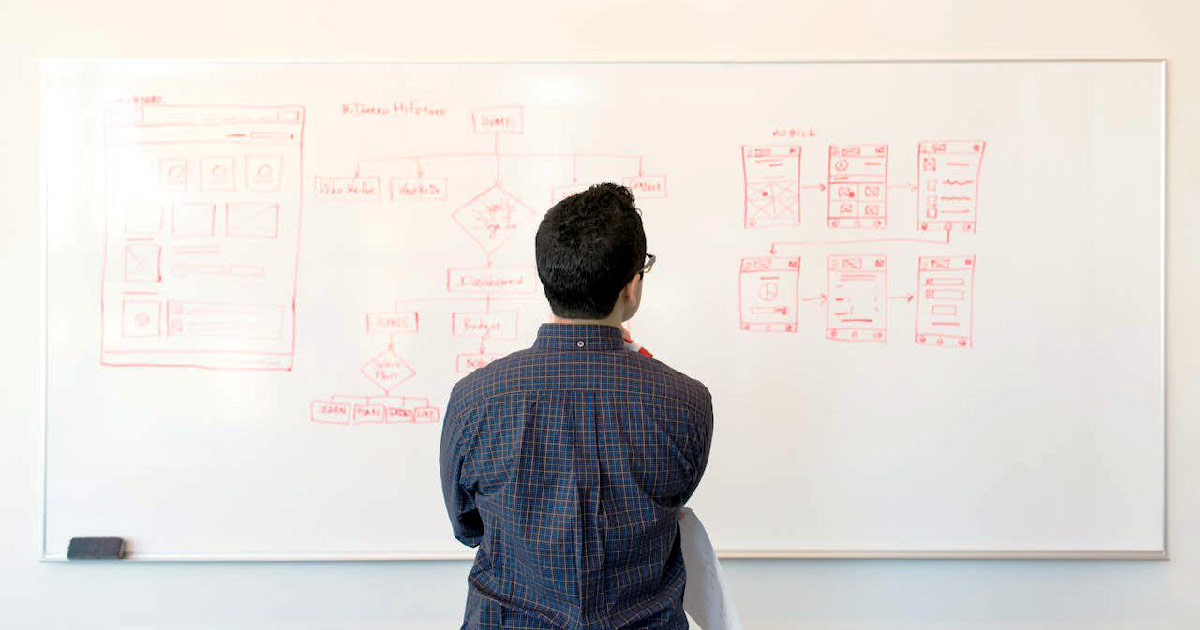Workflow Optimization Tips for Design Professionals
I. Introduction

ThisIsEngineering | Pexels
In today’s highly saturated landscape, efficient design workflows are critical for professionals across various industries. They ensure businesses manage time effectively, meet tight deadlines without compromising quality, and reduce wasted resources. Consistency is maintained, preserving brand identity and user experience. Efficient workflows also boost productivity by allowing designers to focus on creative tasks rather than administrative ones. Moreover, they facilitate healthy collaboration, enabling immediate communication and feedback.
Traditional design processes often face challenges hindering productivity and effectiveness. One significant issue is the lack of integration between different stages, leading to inconsistencies and inefficiencies.
II. Understanding the Need for Streamlining Design Workflows
Christina Morillo | Pexels
A. Common Bottlenecks and Delays in Design Projects.
In order to comprehend the significance of optimizing design processes, it is necessary to recognize that design projects frequently face typical obstacles and setbacks that may hinder development and jeopardize project schedules. These delays in getting approvals may be caused by:
Inadequate Communication Routes: Information required for approvals and decision-making may not flow through restricted or inefficient routes of communication.
Conflicting Stakeholder Comments: Reconciling divergent opinions may require time, therefore conflicting stakeholder comments can cause indecision and delays in the approval process.
Indecision: It might take longer to get approval and cause bottlenecks if stakeholders are unsure or undecided about design concepts, modifications, or final deliverables.
Lack of Clarity in Roles and Responsibilities: When roles and responsibilities are not clearly defined during the approval process, stakeholders may become confused and experience delays because they may not be aware of who is in charge of making decisions.
Overly Complicated Approval Processes: Too many layers of review or pointless processes in the approval process can cause bottlenecks and slow down decision-making.
You can effectively overcome these bottlenecks by taking action plans based on your recognition of this. As a result, you must communicate clearly and cooperate well with others in your workplace.
B. Impact of Inefficient Workflows on Project Timelines and Quality.
Furthermore, ineffective procedures can negatively affect project schedules and product quality in a number of ways. Ineffective workflows frequently cause delays in the project’s progress; manual processes, a lack of automation, or a lack of team member cooperation can all cause activities to take longer to do. You do not want project deadlines to extend past the original predictions as a result of all these unfavorable circumstances, which might compound over time.
Delays at Different Stages: Ineffective workflows can cause delays at various project phases, which can affect the project’s overall schedule.
Manual procedures: Work that takes longer to finish because of manual procedures results in inefficiencies, which impede advancement.
Absence of Automation: Workflow management might become more difficult when there are no automation tools or procedures in place.
Inadequate Coordination: Miscommunication and bottlenecks caused by ineffective team coordination might further postpone the completion of a project.
C. Benefits of Streamlining Workflows Using Online Tools.
Professionals across a range of industries can benefit greatly from streamlining workflows with online tools. By optimizing your workflows, whether for design projects or related processes like HR workflows, teams can improve efficiency, reduce bottlenecks, and focus more on creativity and results.
Simple Accessibility: Team members can collaborate and access project materials from any location with an internet connection thanks to online tools’ simple accessibility.
Flexibility for Remote operate: These tools’ adaptability makes it possible to operate remotely and encourages teamwork among geographically dispersed groups, which boosts output and efficiency.
Enhanced Productivity: Online solutions, which offer the advantages of accessibility and adaptability, make it easier to collaborate and finish jobs more quickly, which in turn increases productivity.
Effective Output Creation: Whether altering templates, applying background remover apps, or other editing features, make it simple for professionals to generate, edit, and submit outputs.
IV. Strategies for Streamlining Design Workflows
Thirdman | Pexels
1. Prepare and Organize Assets Efficiently Before Designing.
It is essential for designers to effectively prepare and arrange assets before beginning the design process. The groundwork for an efficient and effective workflow throughout the project is laid at this step. First and foremost, designers need to compile all required resources, such as typefaces, pictures, logos, and any other pertinent components. Designers can save time by accessing and referencing these assets with ease by centralizing them in a well-organized folder structure.
2. Set Clear Objectives and Priorities for Each Project.
Every project must have certain goals and priorities in order to be successful and maximize workflow effectiveness. It is standard practice to work with stakeholders to explicitly establish objectives, deliverables, and timetables before starting any design project. With this level of clarity, you can create a project vision or roadmap and maintain team alignment as the project progresses.
3. Use Online Photo Editing Tools for Batch Editing and Automation.
Using a productive online tool is essential to preventing repetitive tasks. In today’s fast-paced design industry, the usage of automated photo editing tools is becoming more and more essential. These technologies offer a number of advantages that have a substantial impact on project efficiency and quality assurance. To preserve brand identity and visual coherence, these automated solutions ensure consistency in editing operations by applying the same standards to every image.
This allows you to use Removal.AI for precise and rapid background removal. Removal.AI’s automated process guarantees accurate outcomes and fast turnaround times, improving project efficiency and quality control. The accuracy of the removal is ensured by the platform’s capabilities for modifying the selection, sharpening edges, and making any required adjustments. Designers may easily get the desired effect while keeping high levels of quality thanks to the real-time tweaks. Furthermore, users can process numerous pictures at once with Removal.AI’s batch-processing features.
4. Use Templates and Presets to Expedite Editing Processes.
Without sacrificing quality, editing procedures can be greatly accelerated by making the most of presets and pre-made templates. By using templates, you may save time and effort by developing designs from scratch and establishing consistency across all projects, adhering to brand rules, and producing excellent results that please your clients. Templates offer pre-designed layouts and settings that you can modify to suit your needs.
5. Collaborate with Team Members in Real-Time Using Online Platforms.
Teamwork always makes the dream work. For this reason, members must collaborate promptly on online platforms. Your team may collaborate effectively and communicate across geographical boundaries by utilizing online collaboration solutions. Jetpack Workflow helps teams manage tasks, streamline approvals, and ensure that no critical steps are overlooked, ultimately increasing project efficiency.
6. Integrate Feedback Loops to Improve Workflows Continuously.
Feedback loop integration is a necessity for ongoing workflow optimization improvement. To pinpoint areas for development and carry out the required adjustments to improve productivity and team effectiveness, you must set up procedures for obtaining and considering input from stakeholders, clients, and team members. With the help of these feedback loops, you can adjust to changing demands and obstacles, keeping your workflows as productive as possible so you may foster innovation and maintain your position as a leader in rapidly changing markets.
7. Implement Quality Control Checks Throughout the Workflow.
To identify and quickly address any problems or deviations from standards, checkpoints must be integrated at critical points in the workflow. These quality control measures boost workflow efficiency by lowering errors, cutting down on rework, and preserving consistency in deliverables. Assuring that projects are finished to the highest standards to achieve full client approval and market competitiveness can be accomplished by proactively checking quality at every stage.
8. Balance Efficiency with Attention to Detail.
The majority of the time, productivity and rest are lost when one is very detail-oriented. That is why you must effectively strike a balance between process optimization and attention to detail. Yes, it is equally necessary to keep your attention on the caliber of the work that is created, but efficiency and attention to detail must be balanced properly. By reducing needless delays and bottlenecks, this method not only improves workflow optimization but also guarantees that the final products meet or surpass expectations.
9. Ensure Consistency in Design Elements Across Projects.
It is fundamental for you to maintain uniformity in the design components amongst projects. This is essential for preserving brand identity and improving user experience in general. Maintaining consistency across many platforms and touchpoints and strengthening brand identification are achieved through the use of types, color palettes, and visual styles.
10. Seek Feedback and Iterate on Processes for Continuous Improvement.
All the processes mentioned hold as much value as asking for feedback. Seeking reviews and iterating on processes is essential for continuous improvement in workflow optimization. You need to actively solicit input from team members, experts, and clients to identify areas of inefficiency or opportunities for enhancement in their workflows. Incorporating feedback into iterative cycles allows for ongoing refinement and fine-tuning of processes to better align with project goals and objectives.
VIII. Future Trends and Opportunities in Design Workflow Optimization
Alvaro Reyes | Unsplash
A. Continued Advancements in Online Photo Editing Tools
With these ongoing developments changing the way professionals approach picture editing and design workflows, the future is looking more promising. These tools get more advanced with each iteration, bringing better features, more precision, and increased automation potential. AI photo editing plays a key role in transforming how creative tasks are performed, making complex edits more accessible to everyone. For example, Removal.AI is always improving its AI algorithms for background removal, making outcomes faster and more accurate. Furthermore, the efficiency and creative expression options for image editing are growing with the incorporation of new technologies like augmented reality and machine learning. Online photo editing tools are enabling designers and creatives to push the limits of their trade and promote quality and innovation in visual communication as they develop.
B. Integration with AI and Machine Learning for Enhanced Efficiency.
Leveraging these AI-driven technologies is the ideal option, given all the advances and efficiencies they bring. Speed and accuracy are promoted by this cutting-edge technology. By analyzing photos, identifying patterns, and making deft judgments, AI algorithms lessen the need for human interaction and expedite the editing process. Furthermore, machine learning makes it possible for tools to advance over time by taking feedback and user interactions into account to provide ever-better outcomes.
C. The Role of Streamlined Design Workflows in Shaping the Future of the Design Profession.
It is indisputable that these automated technologies help optimize workflow. Efficient workflow optimization, often achieved through tools like heyflow alternatives, is becoming more and more important for creatives to stay competitive and satisfy the evolving needs of customers and sectors as technology continues to develop and the need for creative solutions intensifies. This is a win-win situation for all parties because it not only increases client and audience happiness but also frees up designers to concentrate on more strategic and creative areas of their work.
IX. Conclusion
Diva Plavalaguna | Pexels
In conclusion, it is critical—and impossible to overstate—that professionals’ design workflows be streamlined. Efficiency has become a necessity for success at a time of rapid technical advancement and rising customer expectations. It is no longer a luxury. Designers may handle intricate projects with agility and precision by adopting streamlined workflows, which maximize productivity while upholding strict standards of quality assurance.
The importance of effective workflows will only increase as the design landscape continues to shift. Thus, this is a call to action for all professionals: seize the chance to streamline your processes and unleash your full creative potential.





Leave a Reply